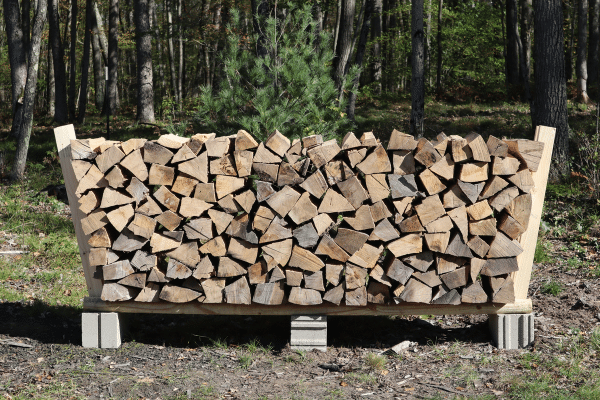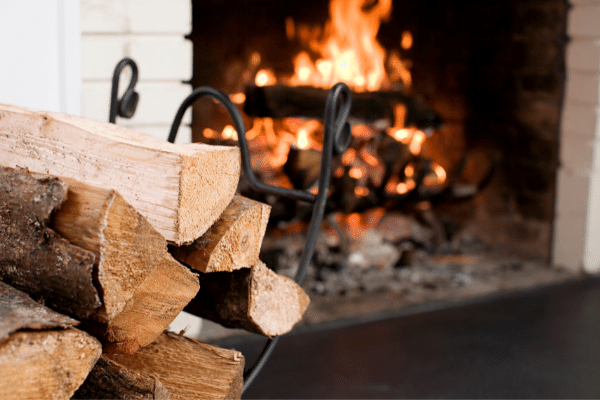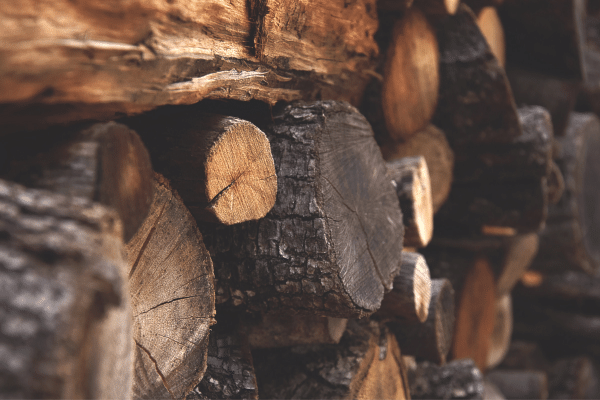- Home
- Storing Firewood
- Is Locust Good Firewood
Is Locust Good Firewood
This post may contain affiliate links so I earn a commission.
Is locust good firewood or should you choose a different type of firewood to burn?
That’s a question that many people, particularly those in the Midwest, are asking this time of year.
As the hot weather begins to fade to cooler temperatures, people are looking for ways to keep warm, and some are considering using locust as firewood.
While it’s an option, there are a few things you should know before you start burning locust.
What Is Locust?
Locust is a tree species in the genera Gleditsia or Robinia, commonly known as black locust or honey locust in many areas.
Locust is a deciduous hardwood native to Eastern North America.
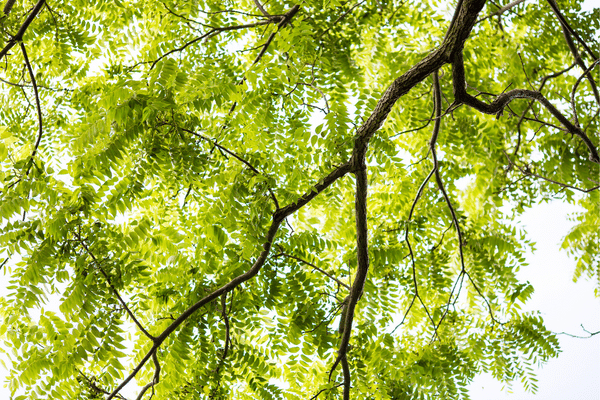
It produces a very rot-resistant lumber and a high-quality firewood.
Locust is termed a “pioneer species” as it will spread via seed and rhizome shoots, becoming aggressive in open areas.
Locust, thriving in full sun and well-drained soil, is often one of the first species to overcome an open area.
Reaching heights of 80 feet and with a crown of nearly 30 feet wide, locust is a very durable hardwood that is beneficial in preventing land erosion and also in the reclamation of land.
In addition to the many other benefits of locust, firewood, lumber, and fence posts stand out as the top commercial products from this hardy tree.
What Do Locust Trees Look Like?
Identifying species of locust trees can be done by looking at the flowers, color of the bark, and often, by the thorns on some species.
Another identifying feature is the shape and color of its seed pods.
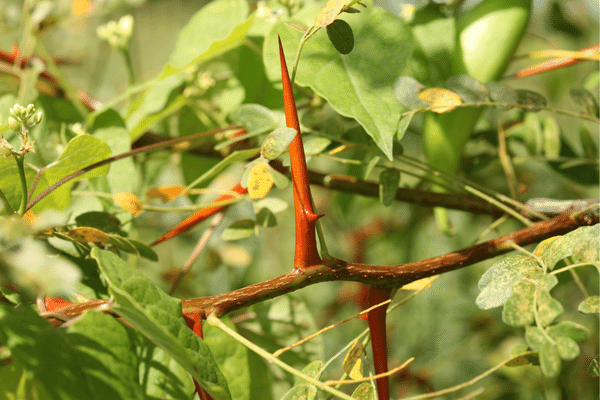
Locust tree leaves are similar to fern leaves.
Feather-like and pinnately shaped, the leaves will typically reach 6-14 inches in length and are either light or dark green, depending on the species.
Another feature that stands out is the very prickly thorns found on certain species of locust.
Measuring 1 ½ - 4 inches in length, these thorns are extremely tough and can easily puncture the skin.
Is Locust Good Firewood - Different Types Of Locust Trees
There are nine varieties of locust trees native to the US, including:
- Black Locust
- Honey Locust
- Skyline Honey Locust
- Bristly Locust
- Skycole Locust
- Imperial Honey Locust
- New Mexico Locust
- Purple Robe Black Locust
- Shademaster Honey Locust
These varieties can be found throughout most areas of the United States.
They are utilized for shade, ornamentals, and lumber and are also beneficial to wildlife as a food source.
“Firewood locust” is usually the black locust (Robinia pseudoacacia) and honey locust (Gleditsia triacanthos).
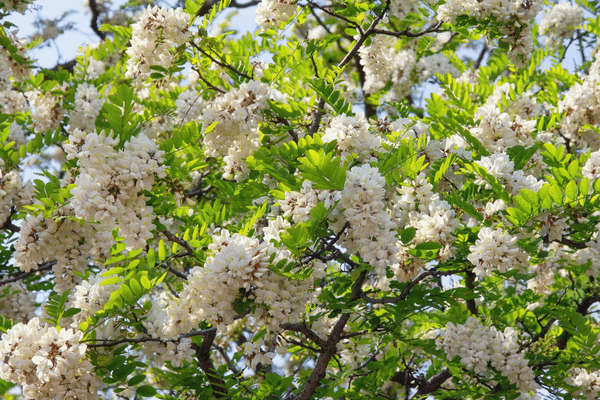
Black locust is native to Pennsylvania, Alabama, Georgia, Missouri, and southern Ohio.
It is also known also as “ False Acacia,” “ Fragrant White Locust,” and “Common Robinia.”
The bark on black locust trees can be gray or brown and deeply furrowed.
Due to the orangey color in the grooves of the bark, it will often appear reddish in color.
Blooming late in the spring, black locust trees produce white and intensely fragrant flowers, although some species will produce a purple or pink flower.
Beware the leaves, bark, flowers and seed pods - they are toxic to humans.
Yet the seeds themselves are a major food for wildlife, specifically birds, rabbits and deer.
Honey locust, on the other hand, are grown as specimen trees because of their ornamental beauty.
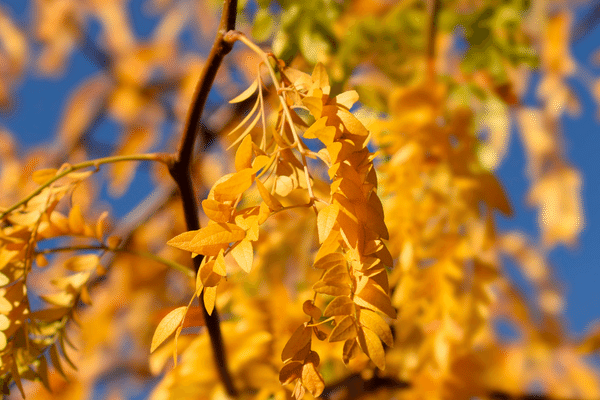
In the fall, the leaves turn a beautiful yellow color.
The vast canopy of honey locust and its widely spaced branches make this species an excellent shade tree as well.
Seed pods or legumes mature early in the fall and produce a sweet tasting pea that animals enjoy eating.
Honey locust flowers are not as stunning as back locust but will be creamy-green in color and will grow in clusters.
The bark on honey locust will be gray-brown to red-brown and covered in clumps of sharp spiny thorns.
Tips for Seasoning And Splitting Locust Firewood
Black locust can be seasoned well enough to burn in 6-8 months.
If you are looking for optimum BTUs and longer burn time, it should be seasoned for about double that time.
One year to a year and a half is going to give you the best results.
Seasoned locust will be darker in color than green wood.
It will also show signs of checking or cracks, especially on the ends.

Using a moisture meter, if accessible, is going to give the most accurate means to determine how well the firewood is seasoned.
Readings from this meter should be below 20%, which will produce far less smoke and creosote but higher heat value.
Is locust good firewood to split?
Black locust, by some accounts is difficult to split, and honey locust is considered much easier.
It seems to be a matter of opinion as to how these woods split, but it’s important to note that the black locust, at times, will have twisted trunks along with their grain which lends itself to a more difficult piece to split.
As with any wood, however, the use of a mechanical splitter should make your life much easier.
Smoke And Creosote Issues With Locust Firewood
Black locust, when properly seasoned, produces very little smoke.
It is quite a desirable wood for home heating in this aspect.
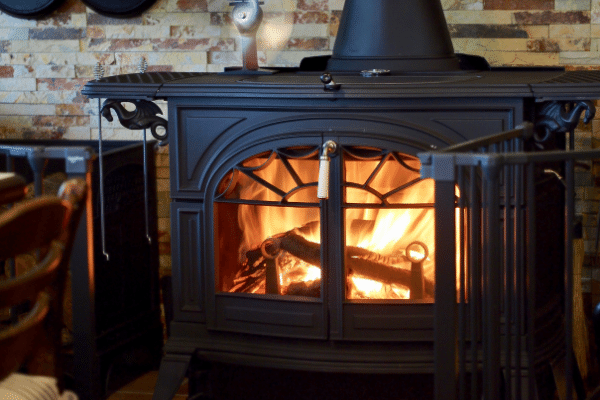
Locust produces only minimal creosote.
The coals continue to burn for longer periods of time helping also to reduce creosote.
Locust burns hotter than many other hardwoods, again leading to a reduction in creosote.
How Hot And Efficient Is Locust Firewood?
The heat and output of locust firewood is where this species really shines!
One of the leaders in BTUs, locust, depending upon species, will put out 22.3 to nearly 28 million BTUs per cord of firewood.
Due also to the extended burn time of locust, it is considered one of the most efficient woods available as a firewood.
It is an excellent choice for any wood stove!
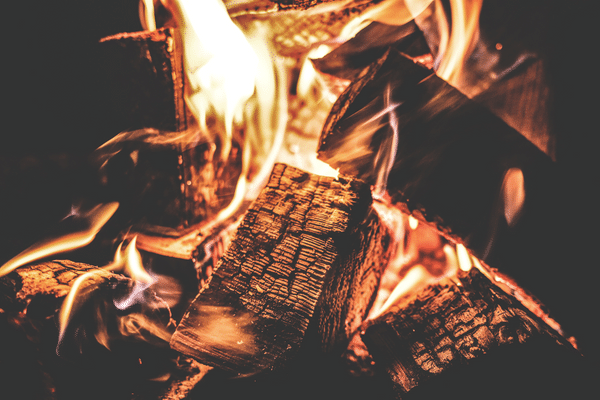
Nearly every firewood burned will produce an aroma of some sort.
Locust, again, shines above all others in this aspect as well.
The smell is neither pleasant nor unpleasant.
It is one of the few woods that barely smokes or smells, making it an ideal firewood.
Is Locust Good Firewood - Overall
Getting your hands on this extremely good firewood should be relatively easy depending upon the location.
Many areas have locust trees but it is not often a prevalent species.
Locust is a true leader in firewood, lumber and also as an ornamental tree.
In speaking to an “ole timer” in regards to burning locust, he stated, “Be awfully careful burning that locust wood Young Feller….will burn the grates right out of your stove!”
So, is locust good firewood?
Absolutely - and definitely a type of firewood that’s worth your time.
